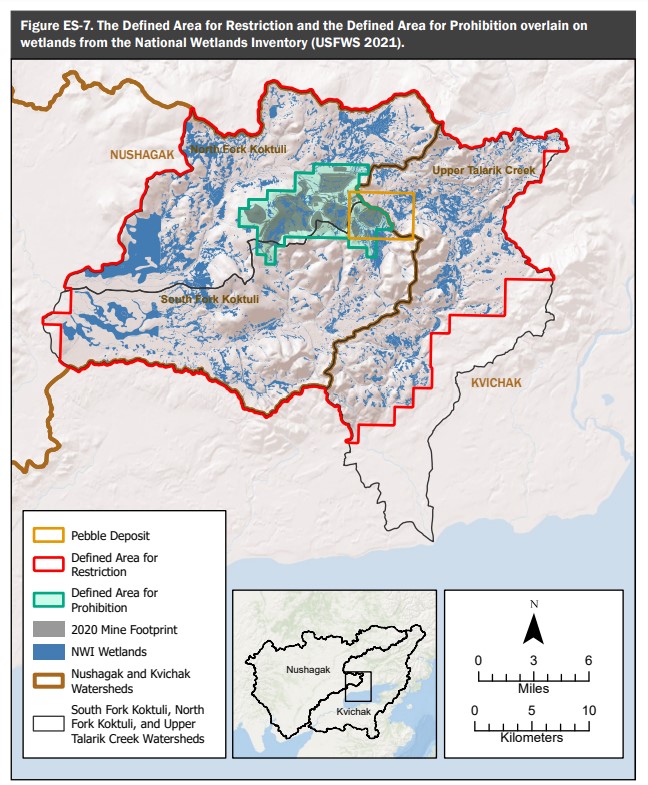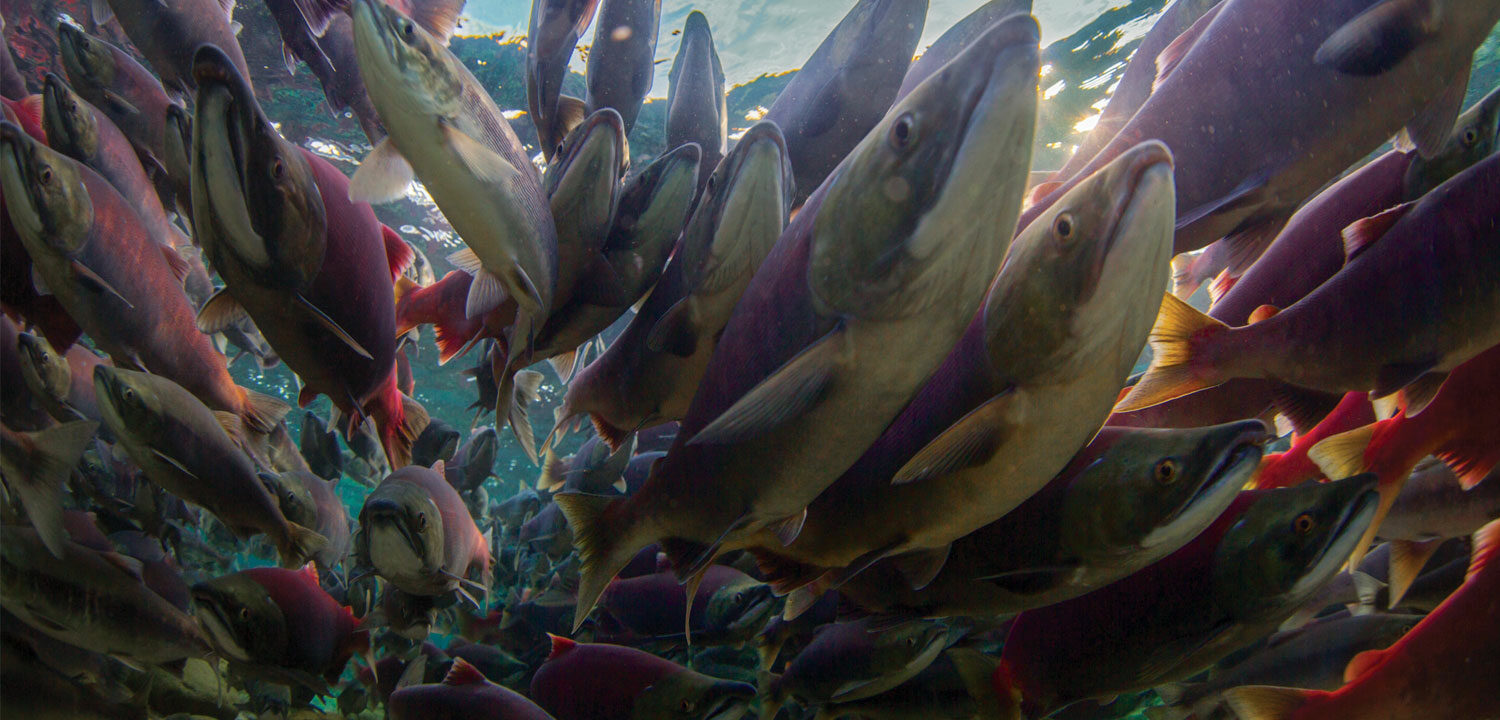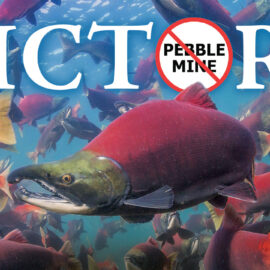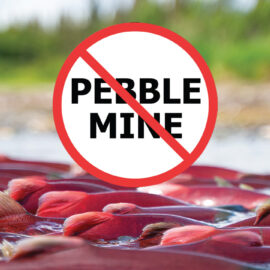Here’s what you need to know about the agency’s landmark January decision to protect Bristol Bay’s headwaters from mining.
On January 31, 2023, the U.S. Environmental Protection Agency announced the finalization of Clean Water Act (“404c”) protections for Bristol Bay’s headwaters: the nursery supporting the last, best wild sockeye salmon runs left on the planet.
EPA’s Final Determination affirms the Clean Water Act recommendations made by EPA’s Region 10 Office in Seattle in December. Courtesy of our coalition partner the United Tribes of Bristol Bay, here’s what this decision really means:
WHAT IS THE FINAL DETERMINATION?
EPA’s Final Determination (FD) for Bristol Bay does two things. First, it prohibits the use of certain areas as disposal sites for dredged and fill material associated with building and operating the Pebble Mine. Second, it restricts the size of future mining proposals at the headwaters of Bristol Bay.
WHERE DOES THE PROHIBITION APPLY?
The FD’s prohibition area encompasses the headwaters of Bristol Bay, and is centered right at the heart of the Pebble deposit and the proposed Pebble Mine project footprint, including the mine’s tailings impoundment facility, mine pit, and related infrastructure. (See map.)

WHERE DOES THE RESTRICTION APPLY?
The FD’s restriction area is a larger swath of the headwaters which encompasses nearly all of the subwatersheds of the North Fork Koktuli River, South Fork Koktuli River, and Upper Talarik Creek. In total, the area is nearly 310 square miles.
WHAT DOES THE PROHIBITION DO?
The FD prohibits the use of certain areas as disposal sites for dredged and fill material associated with building and operating the Pebble Mine “for the construction and routine operation of the 2020 Mine Plan.” The FD-defined “2020 Mine Plan” includes both the mine plan submitted to the U.S. Army Corps of Engineers by Pebble as well as future mining proposals to mine the Pebble deposit that would result in the same or greater levels of loss or streamflow changes as the 2020 Mine Plan.
WHAT DOES THE RESTRICTION DO?
The FD restricts the size of future mining proposals at the headwaters of Bristol Bay that would be above certain thresholds unacceptable to water quality and fish habitat. These include:
- The loss of approximately 8.5 miles of documented anadromous fish streams;
- The loss of approximately 91 miles of additional streams that support anadromous fish streams;
- The loss of approximately 2,108 acres of wetlands and other waters that support anadromous fish streams;
- Adverse impacts on approximately 29 additional miles of anadromous fish streams resulting from greater than 20 percent changes in average monthly streamflow.
WHAT DOES 404(C) MEAN FOR DEVELOPMENT IN ALASKA?
EPA’s 404(c) authority is reserved for only the most extraordinary circumstances. Since 1972, the agency has used 404(c) only 13 times. EPA’s Final Determination for the Pebble Mine comes after nearly 13 years of intensive study of the project’s impacts by multiple federal agencies. While this decision effectively safeguards the headwaters of the Nushagak and Kvichak Rivers, it does not apply to any development outside the defined area in Bristol Bay’s headwaters.




